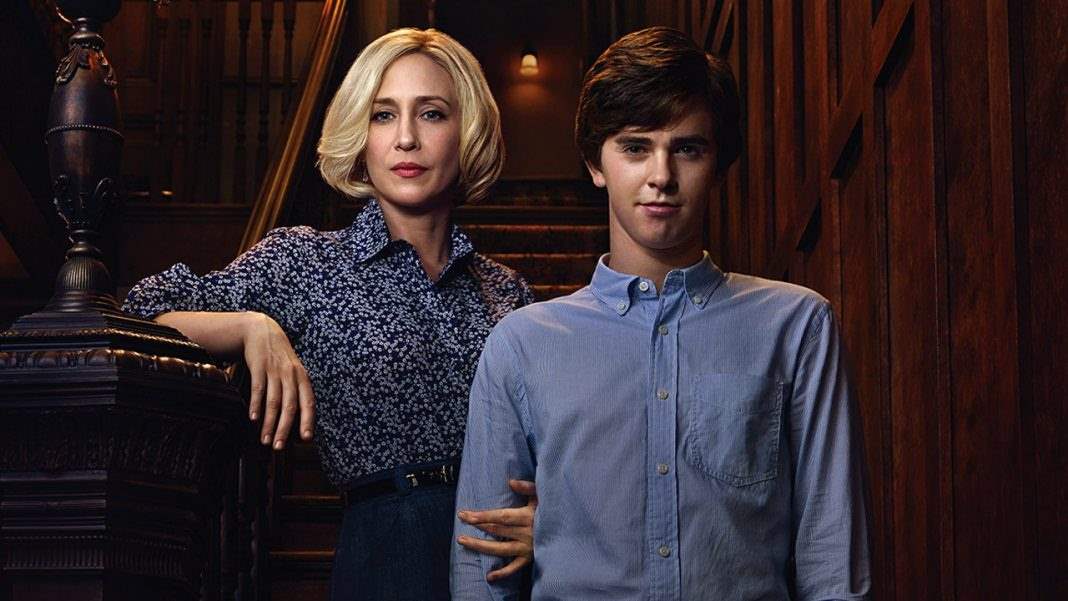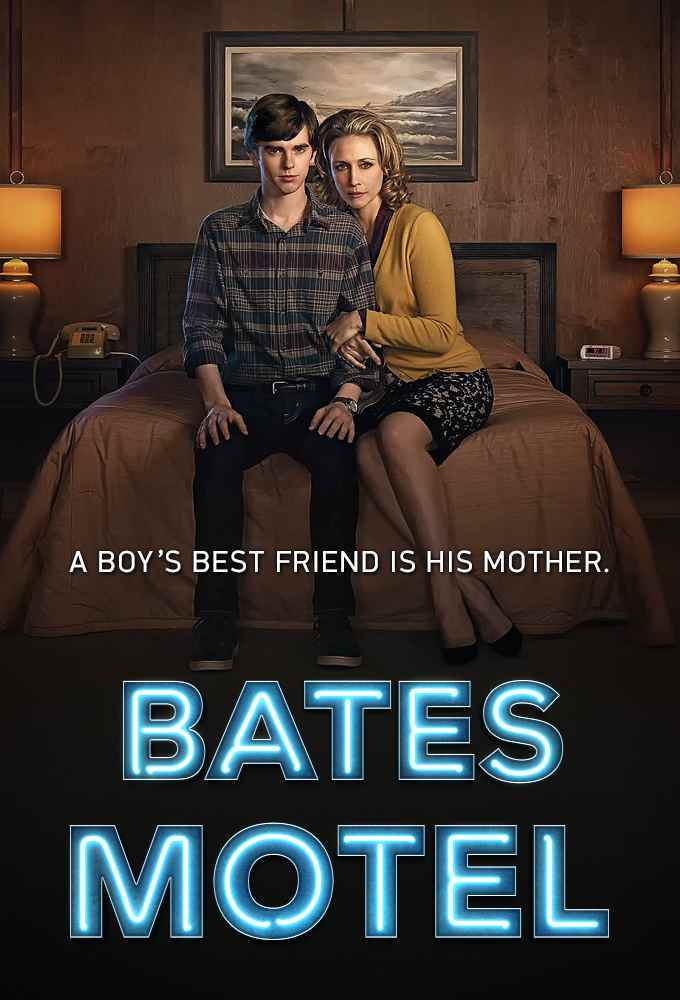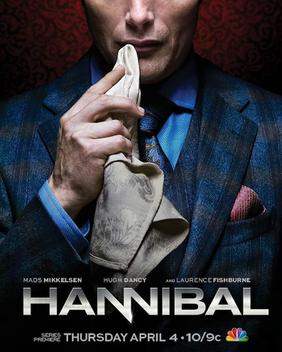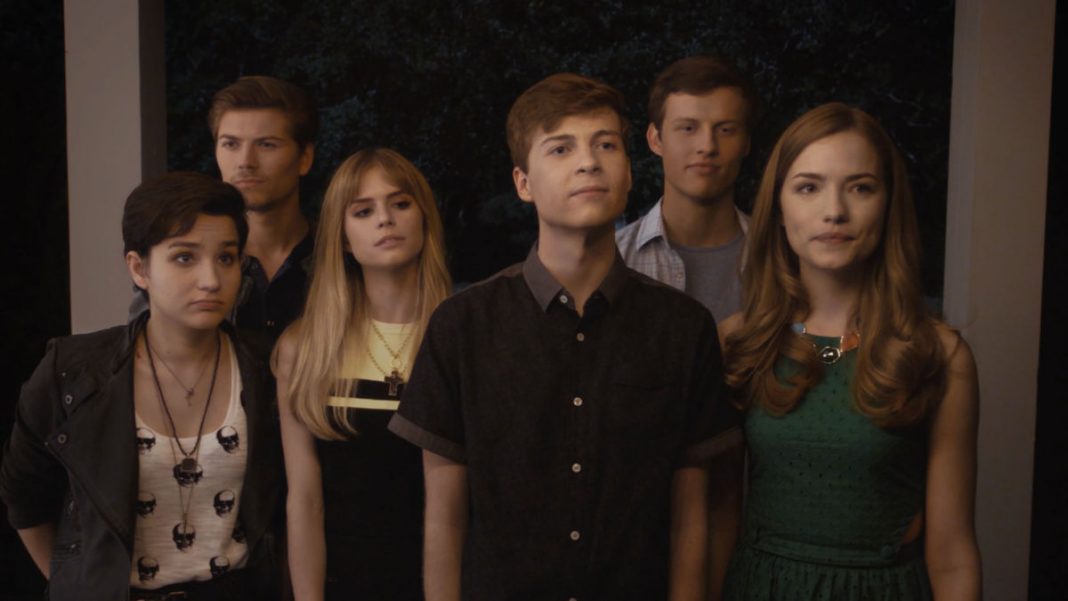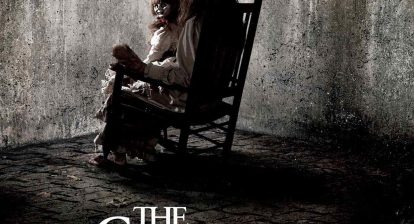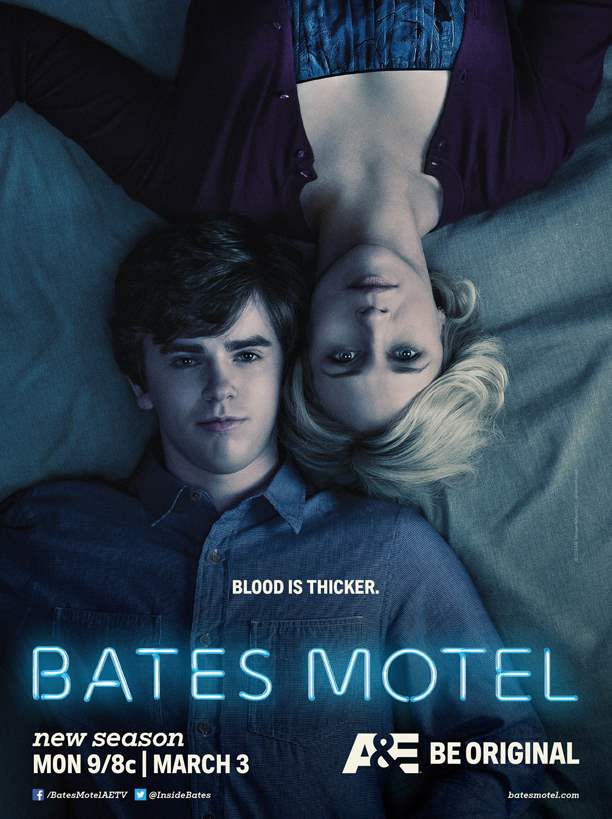At some point in almost every horror movie franchise, there is a film that attempts to tackle the origins of the killer. It makes sense, seeing as how we’ve often wondered just what set these madmen off in the first place, and what circumstances are to blame for making them who they are. In recent years, two different television shows have made two of the most infamous horror movie villains the central figures of their stories. We may have thought we knew all there was to know about Norman Bates and Dr. Hannibal Lecter, but Bates Motel and Hannibal have both shown us that we do not. These shows have greatly expanded the world of these mysterious killers to better explore their respective psyches, which is what makes them such compelling shows to watch.
Remember in Scream when Billy is taunting Sidney after revealing himself as the killer? She asks him “why?” and his response is “Did Norman Bates have a motive? Did they ever figure out why Hannibal Lecter liked to eat people? Don’t think so!” Billy thinks it’s a lot scarier when there’s no motive, and that may be true. The two aforementioned characters are completely different, but they have both fascinated fans for years, with people wanting to know all the hows and the whys behind their motivations to kill or cannibalize people. Thomas Harris made fans wait 25 years after Dr. Lecter was first introduced to the world to reveal his origin story, and Alfred Hitchcock’s classic film is now 55 years old. And yet, the creators of Hannibal and Bates Motel have managed to make these stories and characters fresh and interesting again for new and old audiences alike to discover.
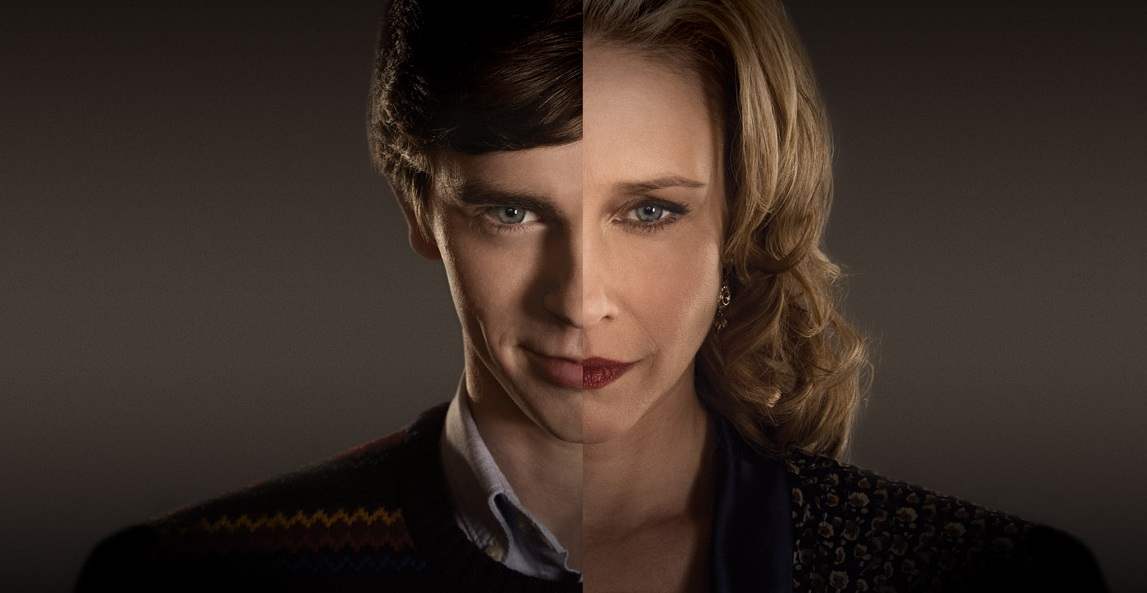 Though there is a lot of craziness going on with the people of White Pine Bay, the most interesting story of A&E’s Bates Motel will always be the relationship between Norman and Norma. The show’s creators have not only chosen the perfect time in the character’s life to set the story, but they have also done a wonderful job showing how a killer can be created. Freddie Highmore, as Norman, resembles Anthony Perkins quite well, and his mannerisms and speech patterns are spot-on with how a young Norman might act. Vera Farmiga wonderfully portrays Norman’s mother. She had less source material to work from in order to create her character, but the writing and her acting have made Norma very complex. She is at times charming and vivacious, and at other times intensely neurotic and controlling. Farmiga is excellent at showing both sides of the character.
Though there is a lot of craziness going on with the people of White Pine Bay, the most interesting story of A&E’s Bates Motel will always be the relationship between Norman and Norma. The show’s creators have not only chosen the perfect time in the character’s life to set the story, but they have also done a wonderful job showing how a killer can be created. Freddie Highmore, as Norman, resembles Anthony Perkins quite well, and his mannerisms and speech patterns are spot-on with how a young Norman might act. Vera Farmiga wonderfully portrays Norman’s mother. She had less source material to work from in order to create her character, but the writing and her acting have made Norma very complex. She is at times charming and vivacious, and at other times intensely neurotic and controlling. Farmiga is excellent at showing both sides of the character.
We may all know exactly where the story of Norma and Norman ends, but that hopefully does not deter fans from enjoying watching Norman’s madness come together. The show is brilliantly constructed around slowly revealing the elements that have created this killer, drawing on his actions from the film Psycho. Norma’s odd devotion to her son and the confusion that causes; Norman’s frequent blackouts and loss of time; his hallucinations; and his introduction and obsession with taxidermy are all elements that have been coming together over the course of two seasons. They have made him do drastic and violent things. In the season 3 premiere, the audience saw Norman take one step closer toward becoming the “Psycho” as we now know him when Norma caught him spying on a hotel guest who was changing clothes. Glimpses into future episodes show even more symptoms of Norman’s madness emerging, along with the probability that he has yet another murder under his belt.
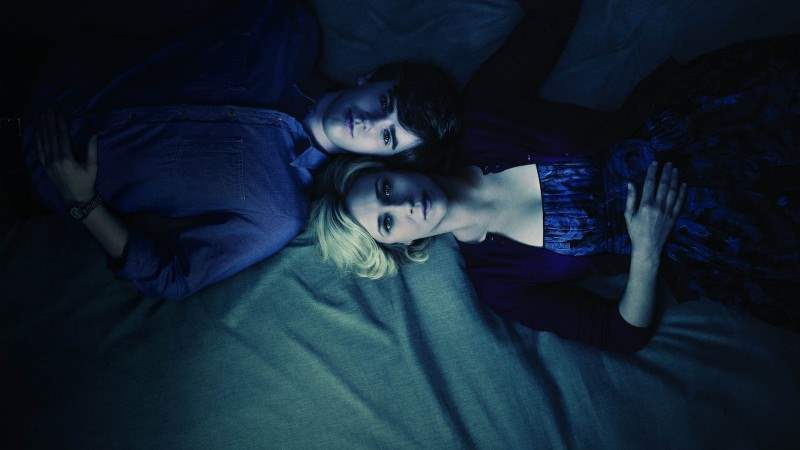 These and several other touches prove that the show has not completely abandoned its roots, despite all the new characters and the changes from the source material. Bates Motel may take place in modern times, and the look and feel of it is almost a direct contrast to the filming style of Psycho, but the show still honors the classic. The famous house and the motel itself are amazing reconstructions of the original, and the set dressing inside the house is straight from the 60s. The costuming and hairstyling on characters like Norma and Blaire Watson also retain the vintage feel of the story. Farmiga really seems to play off of her flowing, 60s-inspired housewife dresses, and she looks even better behind the wheel of that classic Mercedes-Benz.
These and several other touches prove that the show has not completely abandoned its roots, despite all the new characters and the changes from the source material. Bates Motel may take place in modern times, and the look and feel of it is almost a direct contrast to the filming style of Psycho, but the show still honors the classic. The famous house and the motel itself are amazing reconstructions of the original, and the set dressing inside the house is straight from the 60s. The costuming and hairstyling on characters like Norma and Blaire Watson also retain the vintage feel of the story. Farmiga really seems to play off of her flowing, 60s-inspired housewife dresses, and she looks even better behind the wheel of that classic Mercedes-Benz.
Upon first hearing about the creation of Bates Motel, I didn’t have much faith in it. From the first episode, though, it proved to be something more extreme than I was expecting, but nonetheless intriguing. The important elements that are most closely related to the original film–the pieces of Norman’s psychotic mind and his relationship with his mother–are all present in the show, and are treated with the respect and in-depth introspection they deserve.
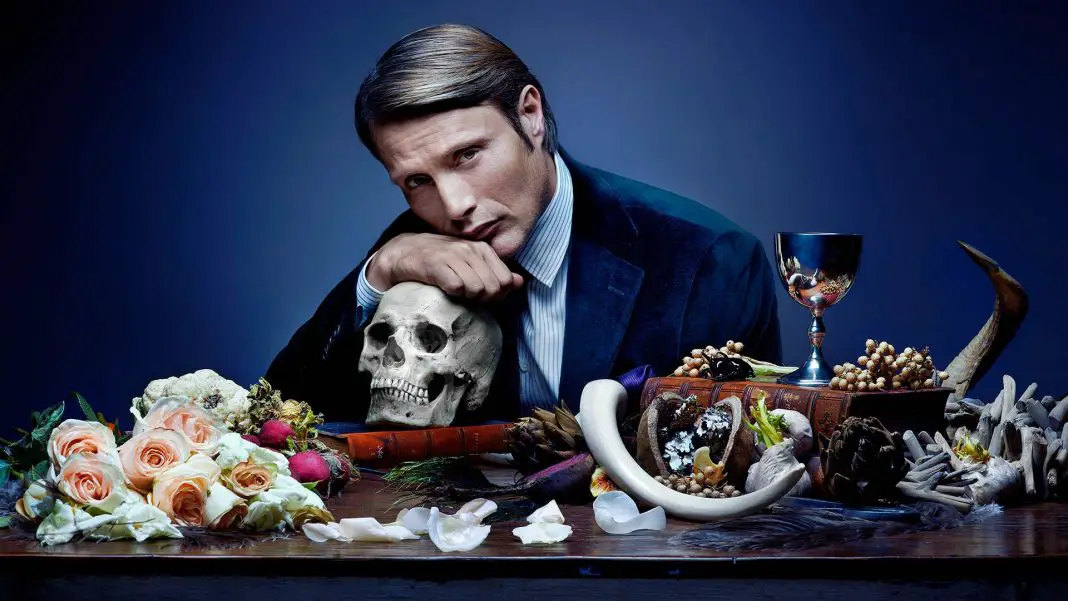 The NBC drama Hannibal also took on the task of bringing new life into an old, but still well-loved, character. Hannibal “The Cannibal” Lecter has been featured in four novels and five film adaptations. Audiences have seen Lecter as a child and as an incarcerated criminal, but once again, the show’s creators chose the perfect time in which to set their story. Hannibal shows the titular character before he was caught by FBI agent Will Graham, while he was working as a practicing psychiatrist – and a practicing cannibal. The other characters have no idea what kind of monster is in their midst, and even employ his help several times to catch other monsters on the FBI’s radar. This becomes a great treat for the audience, as they get to see Hannibal totally in his element, reveling in his macabre decadence.
The NBC drama Hannibal also took on the task of bringing new life into an old, but still well-loved, character. Hannibal “The Cannibal” Lecter has been featured in four novels and five film adaptations. Audiences have seen Lecter as a child and as an incarcerated criminal, but once again, the show’s creators chose the perfect time in which to set their story. Hannibal shows the titular character before he was caught by FBI agent Will Graham, while he was working as a practicing psychiatrist – and a practicing cannibal. The other characters have no idea what kind of monster is in their midst, and even employ his help several times to catch other monsters on the FBI’s radar. This becomes a great treat for the audience, as they get to see Hannibal totally in his element, reveling in his macabre decadence.
The two elements that really make Hannibal successful are the show’s filming style, and the portrayal and treatment of its main character. The cinematic quality of Hannibal matches the high-end sophistication of its central character. This is not a TV show with static shots and a studio setting. The show is visually stunning, both in what is on the screen and how it is filmed. The soundtrack can be both melodic and jarring, and the dialogue is as fluid and rich as the classical music Hannibal listens to. The coloring is muted, with mostly bluish tones, and punctuated with deep reds in more intense scenes. Hannibal himself has a lot of style as well. From the settings of his house and office, to his wardrobe, to the food he prepares, Hannibal only surrounds himself with the best. In fact, one of the most visually interesting aspects of the show sometimes is the food. Hannibal often has several characters over to his place for dinner, and he makes incredibly elaborate, gourmet meals each time. This is another one of those winks the creators give to the audience, because while we don’t know for certain, we have a pretty good idea of just what is in the meals he’s serving.
 Danish actor Mads Mikkelsen (from the amazing 2012 film The Hunt) is a fantastic Hannibal Lecter. He is able to embody the sophisticated killer just as well as Anthony Hopkins, though their acting styles are slightly different. Where Hopkins was gleefully cunning, Mikkelsen is more subtle but still powerful. He is able to show the audience Hannibal’s entire thought process in a certain scene with a few tics of his facial muscles. More importantly, he explores several other sides to Hannibal’s character that fans have not seen before, or not seen like this. We know Hannibal is a master manipulator, and he gets through most of the first season without arousing any kind of suspicion from Will Graham or Jack Crawford. Watching Mikkelsen expertly weave his way through situations to avoid detection is just a small part of the show’s brilliance. There are several serial killers featured during season one, but sometimes the audience forgets that Hannibal is the one that everyone is talking about–The Chesapeake Ripper. Furthering the complex nature of the character, Hannibal has been shown to have the capacity for genuine empathy and respect for another person, despite his psychotic narcissism that is established in the feature films.
Danish actor Mads Mikkelsen (from the amazing 2012 film The Hunt) is a fantastic Hannibal Lecter. He is able to embody the sophisticated killer just as well as Anthony Hopkins, though their acting styles are slightly different. Where Hopkins was gleefully cunning, Mikkelsen is more subtle but still powerful. He is able to show the audience Hannibal’s entire thought process in a certain scene with a few tics of his facial muscles. More importantly, he explores several other sides to Hannibal’s character that fans have not seen before, or not seen like this. We know Hannibal is a master manipulator, and he gets through most of the first season without arousing any kind of suspicion from Will Graham or Jack Crawford. Watching Mikkelsen expertly weave his way through situations to avoid detection is just a small part of the show’s brilliance. There are several serial killers featured during season one, but sometimes the audience forgets that Hannibal is the one that everyone is talking about–The Chesapeake Ripper. Furthering the complex nature of the character, Hannibal has been shown to have the capacity for genuine empathy and respect for another person, despite his psychotic narcissism that is established in the feature films.
My only concern is that the series seems to be working too fast toward getting Hannibal locked up again when he is so much more mesmerizing and intriguing out in the world. Still, one cannot ignore what an amazing show this is. It has been meticulously constructed by the creators to dig deeper into the mind and the world of Hannibal, and has been executed in an incredibly beautiful way. Even when the focus is on Will instead of Hannibal, it is still fascinating because of the style. The gore tests the limits of what can be shown on a network series, but one could almost believe that they get away with it because of the true artistry with which it is presented.
What Hannibal and Bates Motel continue to bring to the table is a unique and modern take on two of horror’s most infamous killers. Their origins were just begging to be explored further, and by choosing the right time period to set the stories in and the right filming style for each character and each series, both of these shows have proven to be just as amazing as the classics on which they are based.
